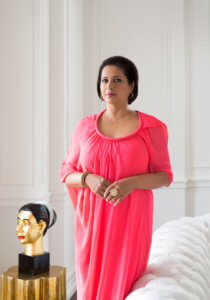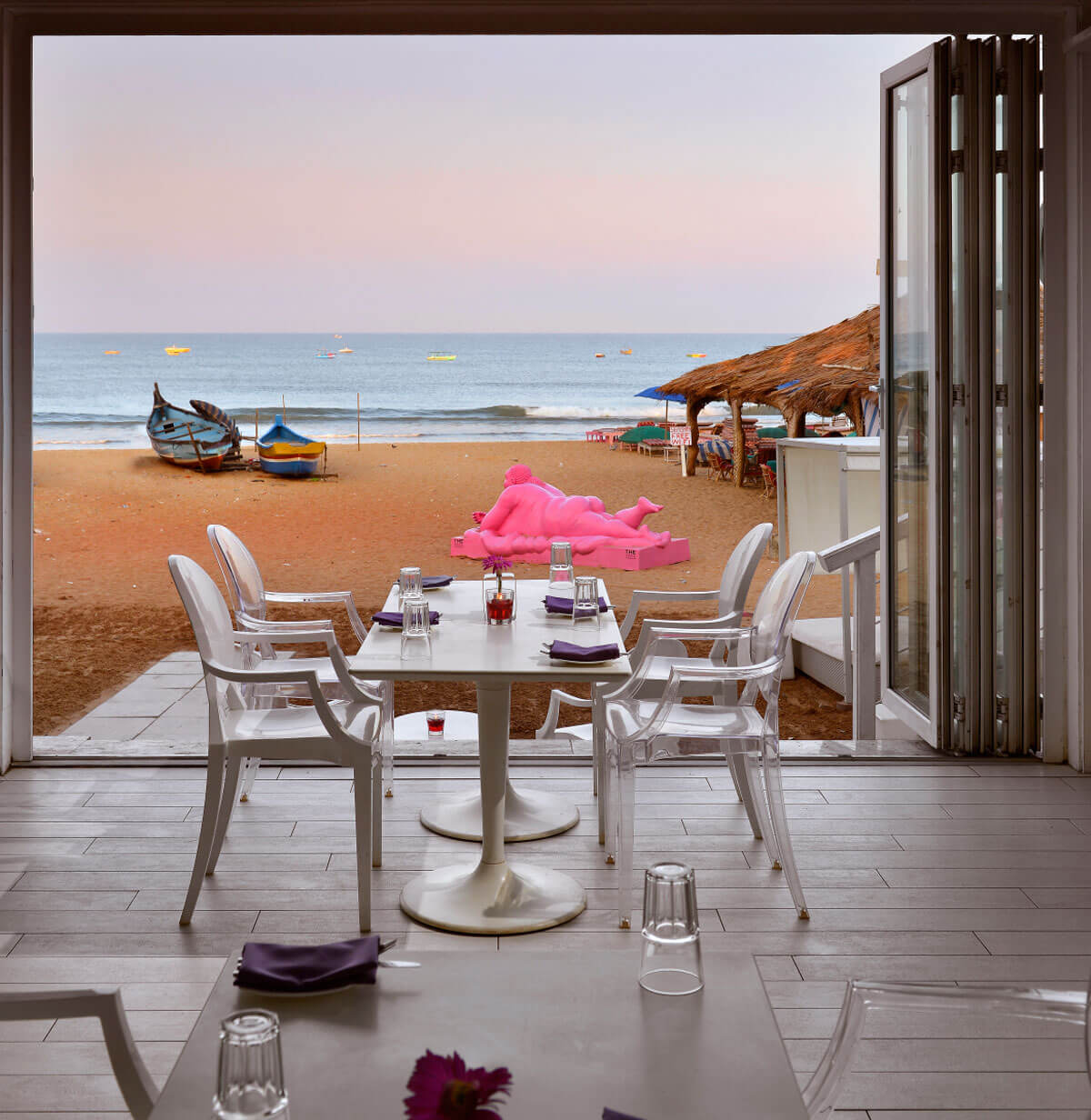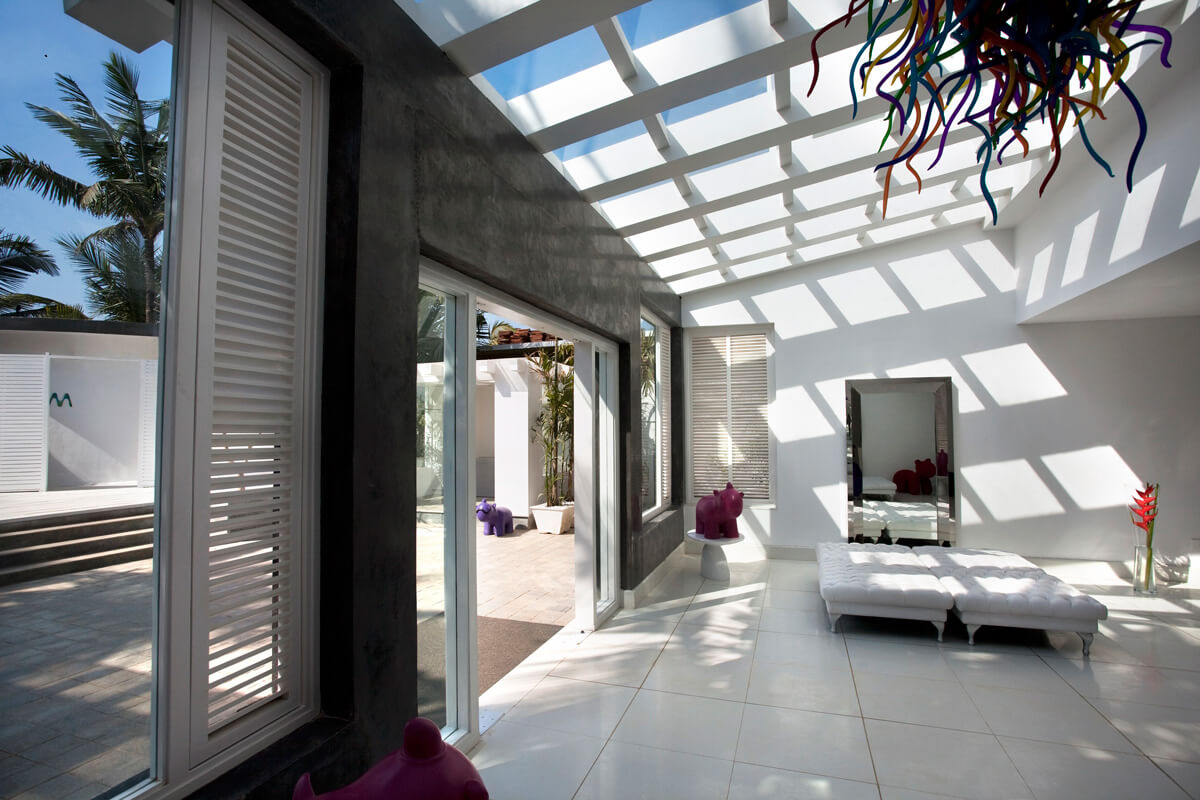Arnaud Champenois is Senior Vice President, Global Brand, Marketing and Communications at Belmond (LVMH). LUX Leaders & Philanthropists Editor, Samantha Welsh speaks with Arnaud Champenois about hospitality, sustainability, and how 2024 is set to be a game-changing year for Belmond

Belmond Legends – Mount Nelson Hotel (Photographed by Rosie Marks)
LUX: ‘One’s destination is never a place, but a new way of seeing things.’ (Henry Miller). When did the first shoots of experiential hospitality emerge?
Arnaud Champenois: Experiential travel continues to grow in popularity as the world has become an increasingly mobile place. Prior to the 1980s, airfares were sky-high and the majority of commercial flights were to highly anglicized locations, very much on the beaten track. During this time, travel was also fairly limited to western travellers.
As ‘untrodden’ locations became an option, boomers were somewhat pioneers of experiential travel – which in that time was defined more as ‘activity-packed’ exploration holidays. Then came the internet, followed by social media and the trend snowballed from there…
Since then, the term ‘experiential travel’ has evolved. Modern luxury travellers now want something different. Tick-box, fast and thoughtless travel is in the past. Travellers want to go much deeper into a destination rather than purely seeing it and ticking it off their list. They wish to stay longer, try local delicacies, enjoy traditional music and crafts, understand the people, discover the real local treasures. They want to live the stories, not just hear them.
Follow LUX on instagram: luxthemagazine
Luxury travel is now providing this kind of experience, but to do this long into the future, it is vital that we as travel companies play our part in protecting and preserving the most cherished traditions and heritage of the destinations and communities travel relies upon and strive to make a net positive impact.
LUX: Looking back or looking forward, what is Belmond’s approach to restoring heritage buildings?
AC: History in built environments is fundamental to creating a sense of community and character. They are examples of a particular time and style of architecture that would otherwise be long forgotten. Whether it’s a building’s historical roots, its distinctive architecture, the materials used or some aspect of the decoration that’s particularly interesting, these buildings are visual reminders of an area’s cultural heritage, the people and industries that once and still do, establish an area.
But the hospitality industry caters to the travellers of today. Though many are interested in the historic cultural elements, they want to experience that heritage in an authentic way, whilst being allowed modern-day comforts.

MITICO 2024 – Copacabana Palace (Daniel Buren, Escala colorida para Copacabana Palace, trabalho in situ, 2023)
We believe we have a responsibility to be custodians of this timeless heritage, and to help preserve and enhance it for future generations. Our renovation and rejuvenation strategy follows our property-first approach to honour each renovation’s storied and timeless heritage; whilst celebrating the authenticity of each place and injecting contemporary soul to ensure they live on for years to come. We need our more historic assets to live and breathe and be enjoyed, not just be consigned to a museum.
Last year (2023) we revealed four major rejuvenations – the painstaking renovation of Maroma in Riviera Maya, the re-imagining Coquelicot, Belmond’s new luxury barge Coquelicot, Venice Simplon-Orient-Express and Splendido in Portofino. We will continue to reimagine and rejuvenate, arming each property with the contemporary allure, enriched storytelling and meaningful guest experiences that propels them to be the best in their markets.

MITICO 2024 – Daniel Buren at Mount Nelson Hotel, 2023
LUX: What is the role for art in offering responsible hospitality?
AC: Art is a powerful medium which can support local communities giving both local established and upcoming artists a stage to reach new, larger audiences, whilst connecting guests to local cultures, inspiring and facilitating the appreciation of art.
One such example is Belmond’s partnership with internationally renowned contemporary art gallery, Galleria Continua in which we host large-scale art installations by global artists, across several of Belmond’s legendary properties. Entitled MITICO, the installations invite guests to see cultures through a different lens. Through MITICO’s acclaim and the representation of globally renowned artists through Galleria Continua, we have been able to further support local artists. Such as with the following two initiatives, equally launched with Galleria Continua: La Residencia in Mallorca’s “Artist in Residencia” programme, now in its second year. And PANORAMA, a city-wide exhibition conceptualised and organised by Italics bringing ancient, modern and contemporary art to the town of Monferrato, where Belmond will be a proud partner for the third year running.
In Cape Town at Mount Nelson, we’re working with young talented curators Heinrich Groenewald and Shona van der Merwe of RESERVOIR, who have curated an exhibition across the hotel with works from the Norval Foundation. Whilst at Castello di Casole in the undulating Tuscan hills, the hotel works closely with the archaeological museum in Casole d’Elsa, as most of their artefacts were found on the property grounds and even exhibit across the hotel.
Beyond events and installations, the curation of a rich portfolio of guest experiences centred directly around traditional art practices is a great way to support local communities. At Belmond we have a rich portfolio of experiences such as, traditional Peruvian pottery painting hosted by local pottery artists, exclusive Mexican folk art – ‘Mojigangas’ – workshops with resident artists and Balinese egg painting with third-generation egg painters, to name a few. Not only does this support the livelihoods of local artisans, but these guest experiences also help to ensure the continued existence of their crafts.

MITICO 2023 – Villa San Michele ( Sun Yuan and Peng Yu’s Teenager sculpture greets arriving guests. Photography by François Halard)
LUX: Why is l’art de vivre a core value for Belmond?
AC: The French concept of l’art de vivre takes its cues from France’s particular penchant for the finer things in life: art, wine, dining, fashion, even romance. At Belmond, we understand the components that make up the wonderful world of luxury and, with more than 45 years’ experience, we like to think we are well placed to help our guests appreciate the art of living well!
Contemporary creativity is wonderfully engaging in helping guests celebrate l’art de vivre of the destinations we operate in. Beyond in-person art installations and photography exhibitions, a good example of how we have celebrated the distinct character of our destinations is Belmond Legends, which is a contemporary photography series that offers alternative perspectives.
With camera in hand, exceptional talents from the likes of Jalan and Jibril Durimel, Thomas Rousset and Rosie Marks immersed themselves in each iconic hotel and destination to encapsulate intimate, dynamic and authentic moments that provide a glance into genuine guest experiences within these destinations. The photographs offer a progressive and personal perspective on these already iconic destinations – showing each property in a new light.
Beyond the topic of art, we help guests celebrate l’art de vivre through many experiences that enrich the mind, body and soul; from historical tours and enriching activities such as open water swimming in the Scottish Highlands as part of the Royal Scotsman itinerary, truffle foraging in Tuscany, or private culinary classes at Le Manoir aux Quat’Saisons.
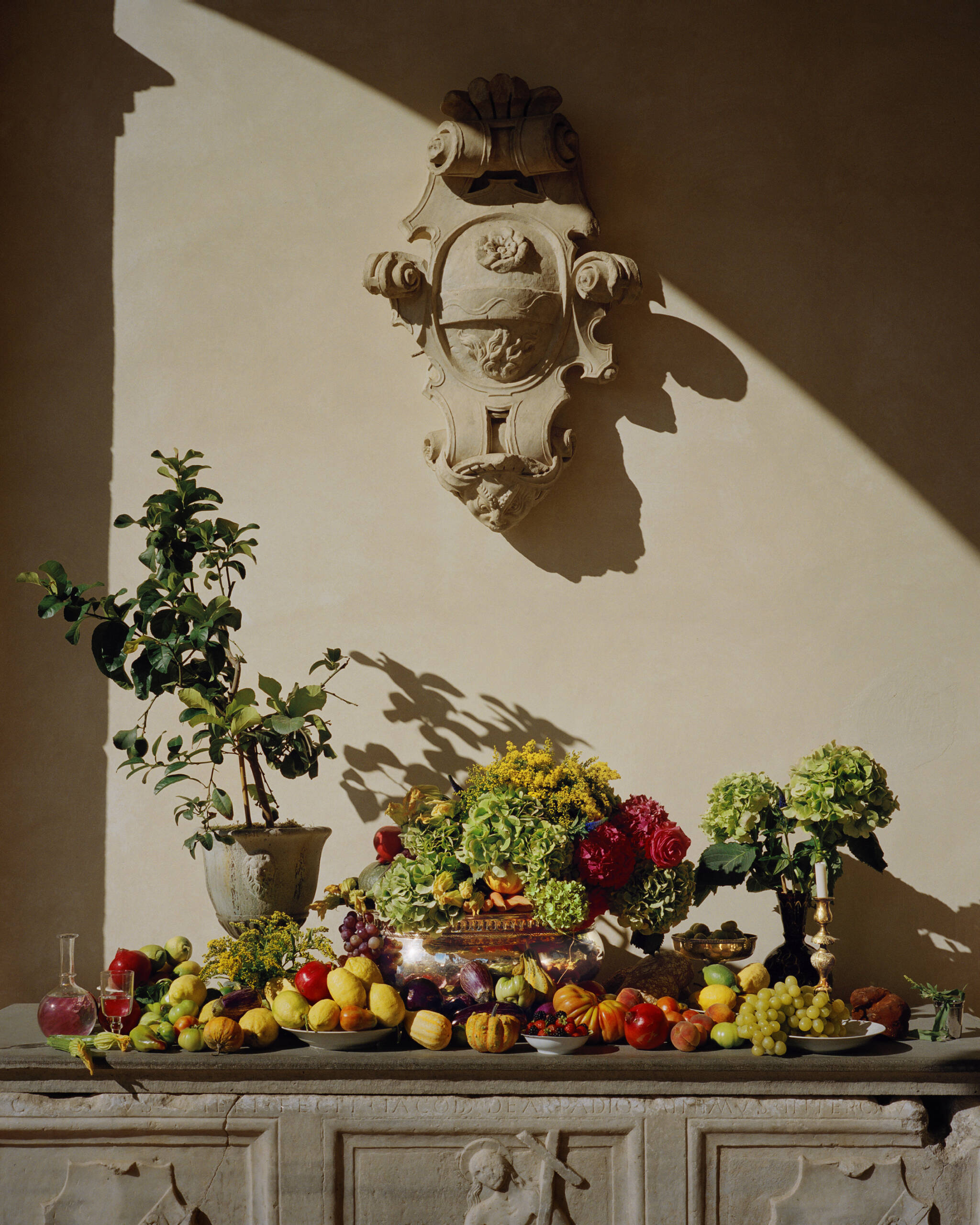
Belmond Legends – Villa San Michele (photographed by François Halard)
LUX: And finally, can you share a taste of this year’s art program?
AC: Since Belmond’s inception, we have had an intrinsic connection to the arts community, with our portfolio spanning heritage buildings and vintage trains – museums of ancient decorative crafts. Our ambition is to continue highlighting this historical aspect of our portfolio, whilst maintaining its relevancy in contemporary culture through photographic artistic collaboration.
BELMOND LEGENDS brings this concept to life with its incredible roster of international contemporary artists, whilst we lend our properties’ remarkable landscapes as their canvas.
So far, the project has brought an entirely new perspective on 11 of our legendary properties as captured by 10 internationally acclaimed photographers – Chris Rhodes, Francois Halard, Letizia Le Fur, Coco Capitan, Jalan and Jibril Durimel, Thomas Rousset, Rosie Marks, Jeano Edwards, and Jack Davison. With more announcements to come at Photo London in May 2024.

Belmond Legends – Venice Simplon-Orient-Express (Photographed by Coco Capitán)


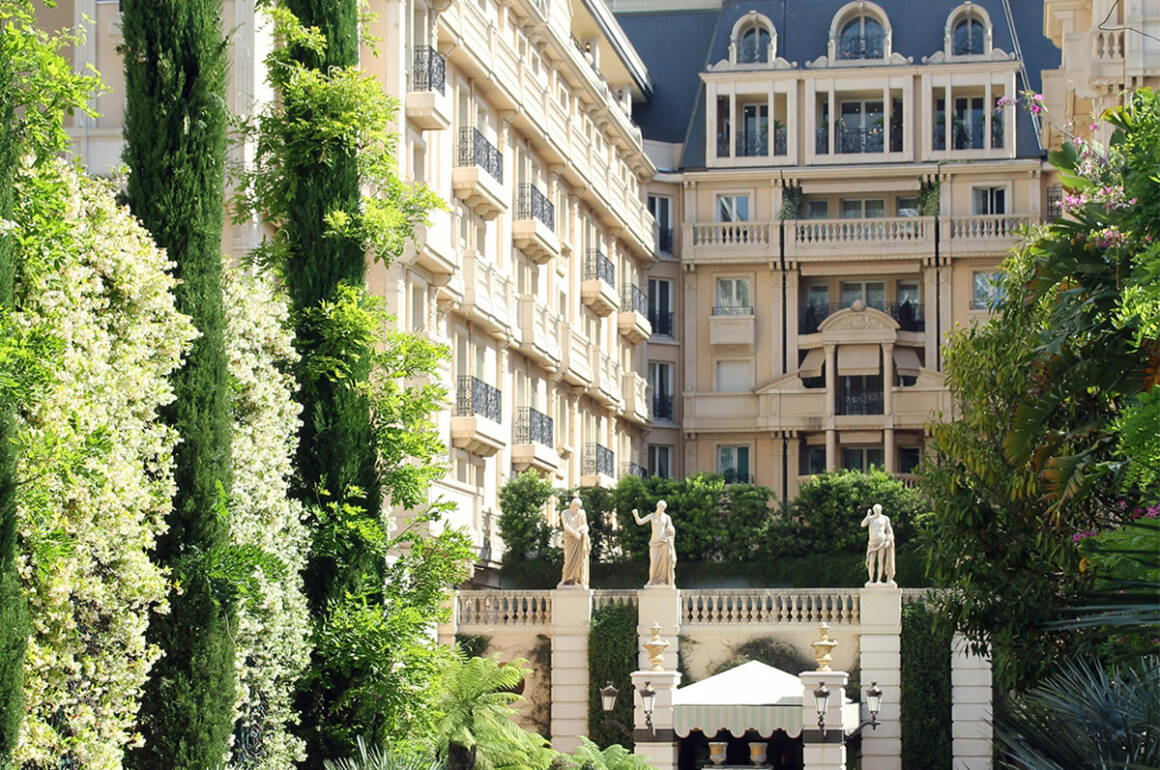




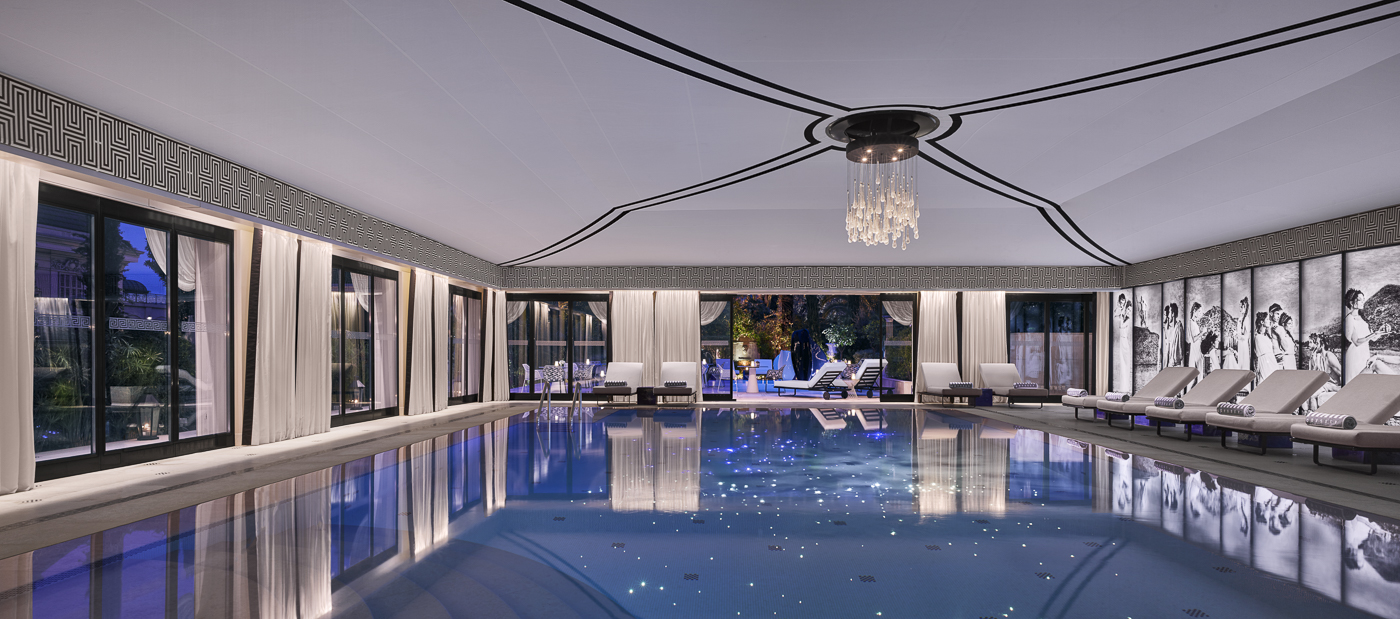
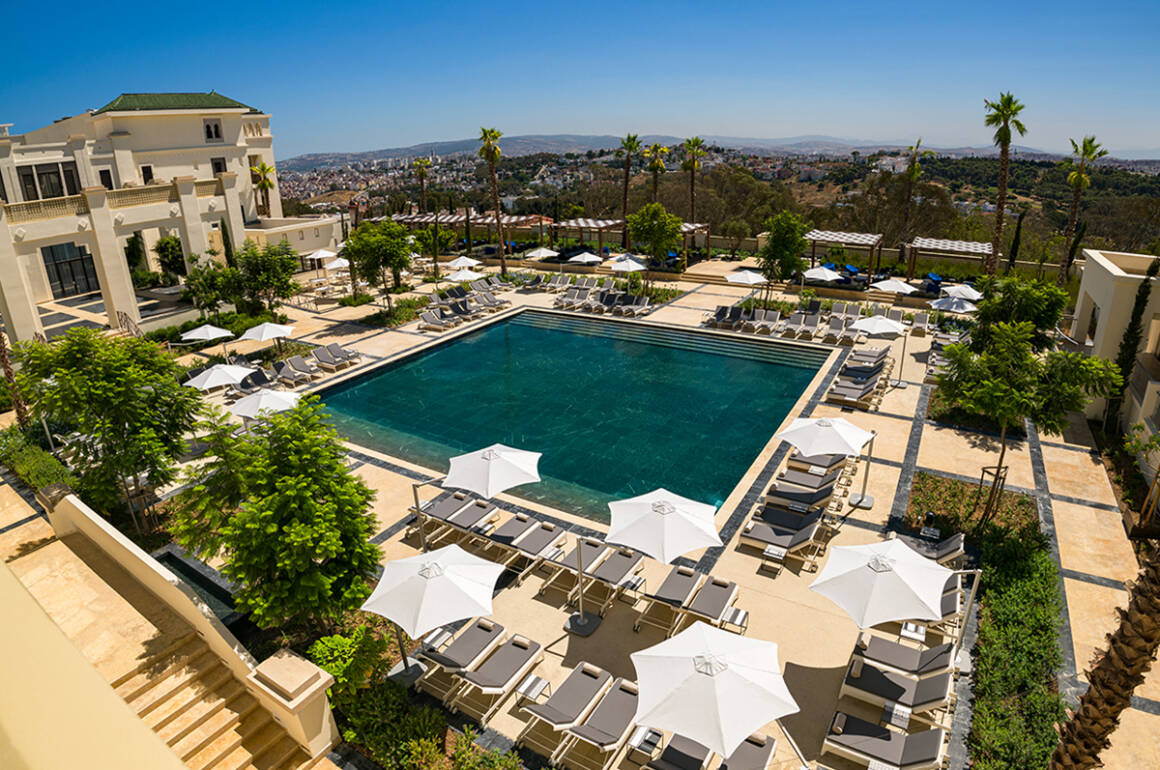

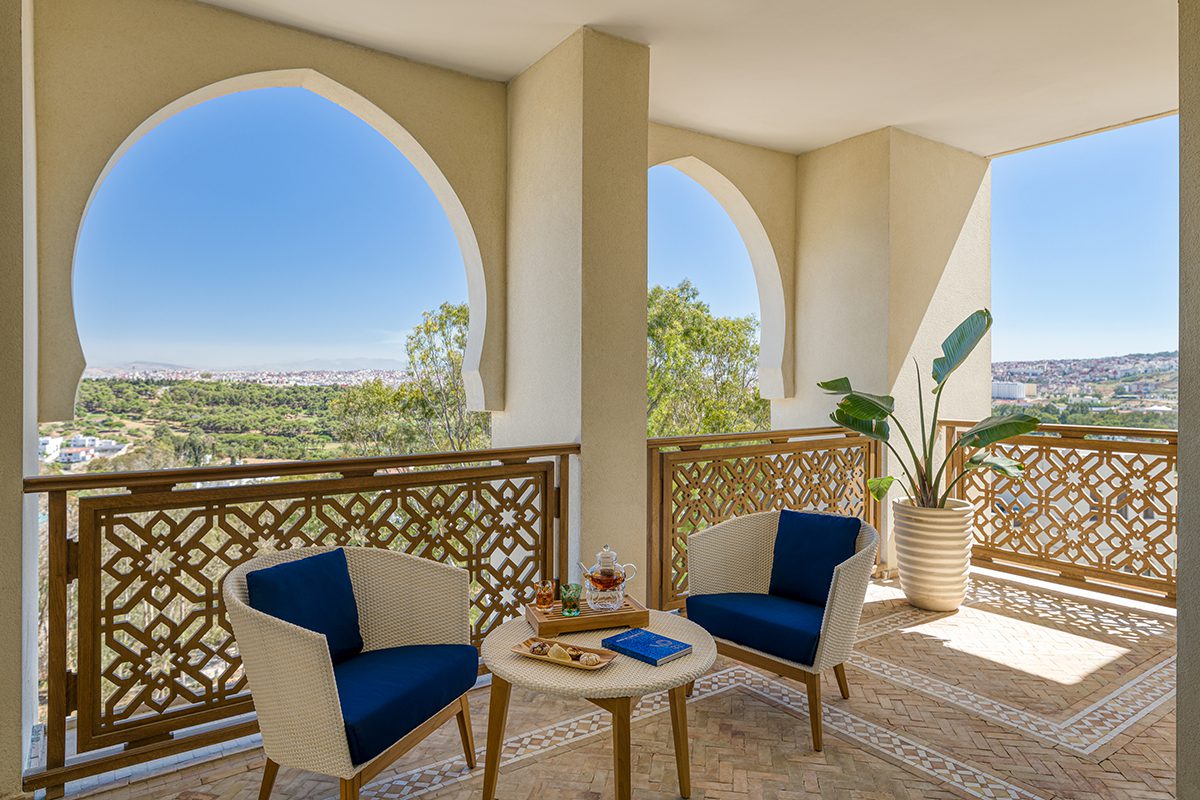
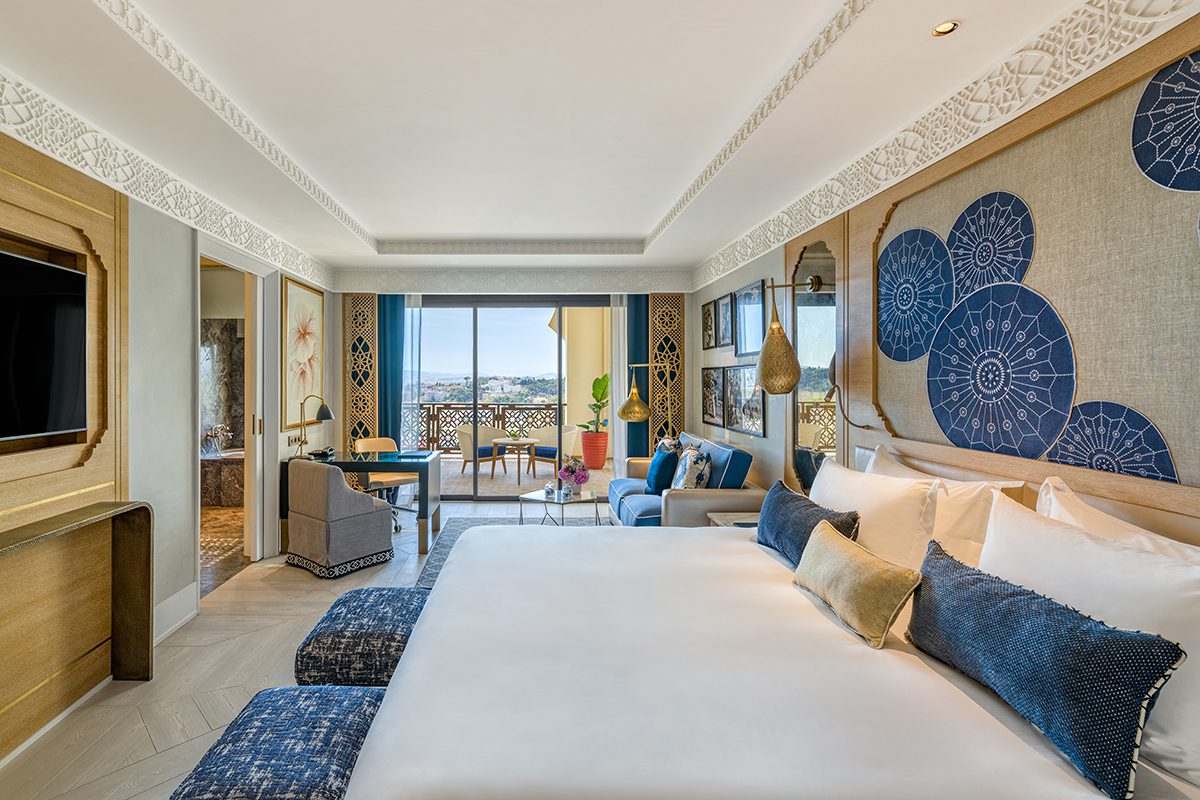
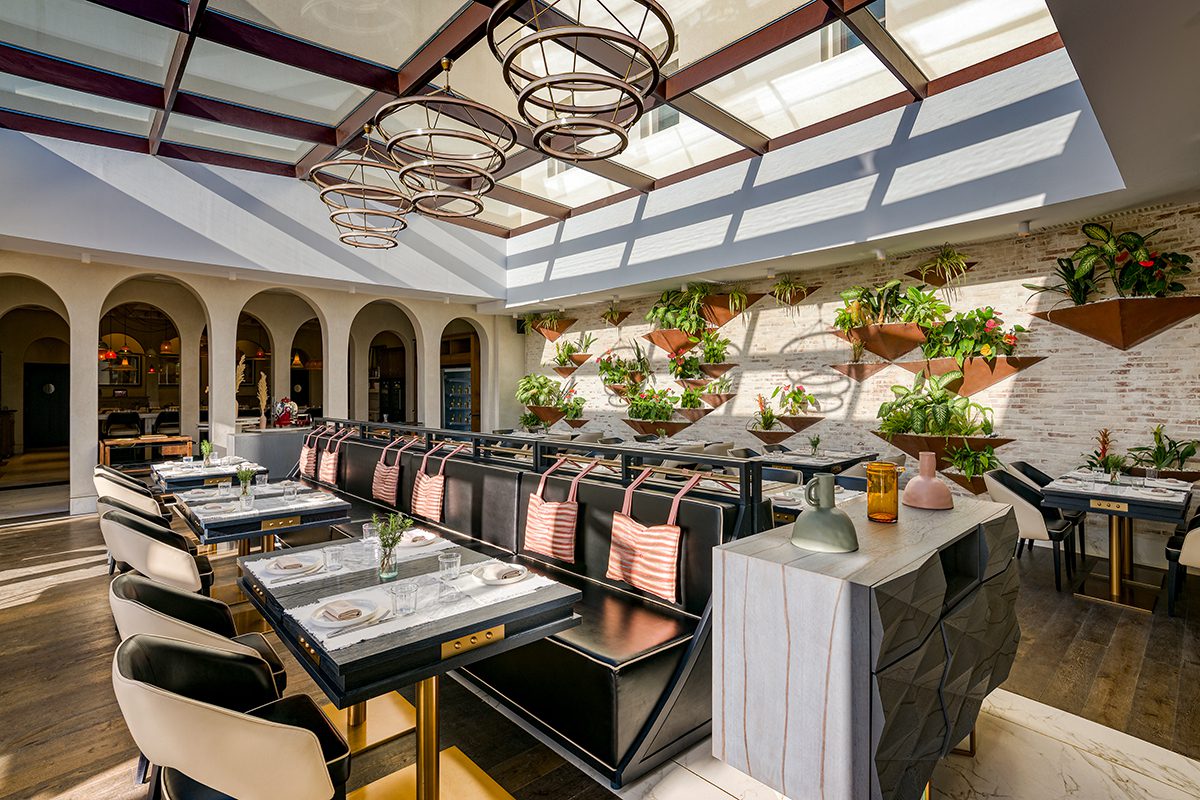






















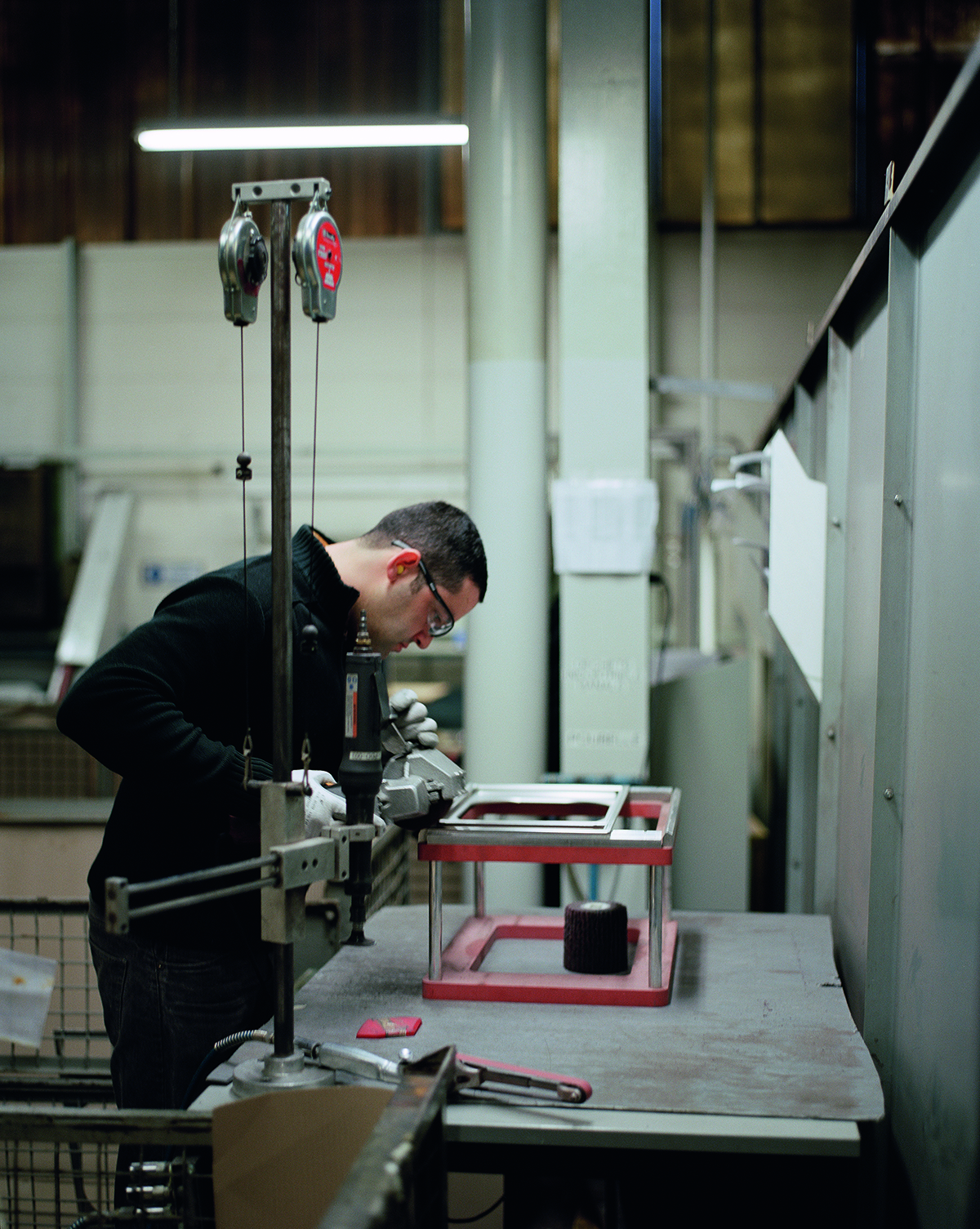


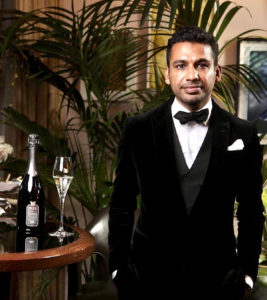








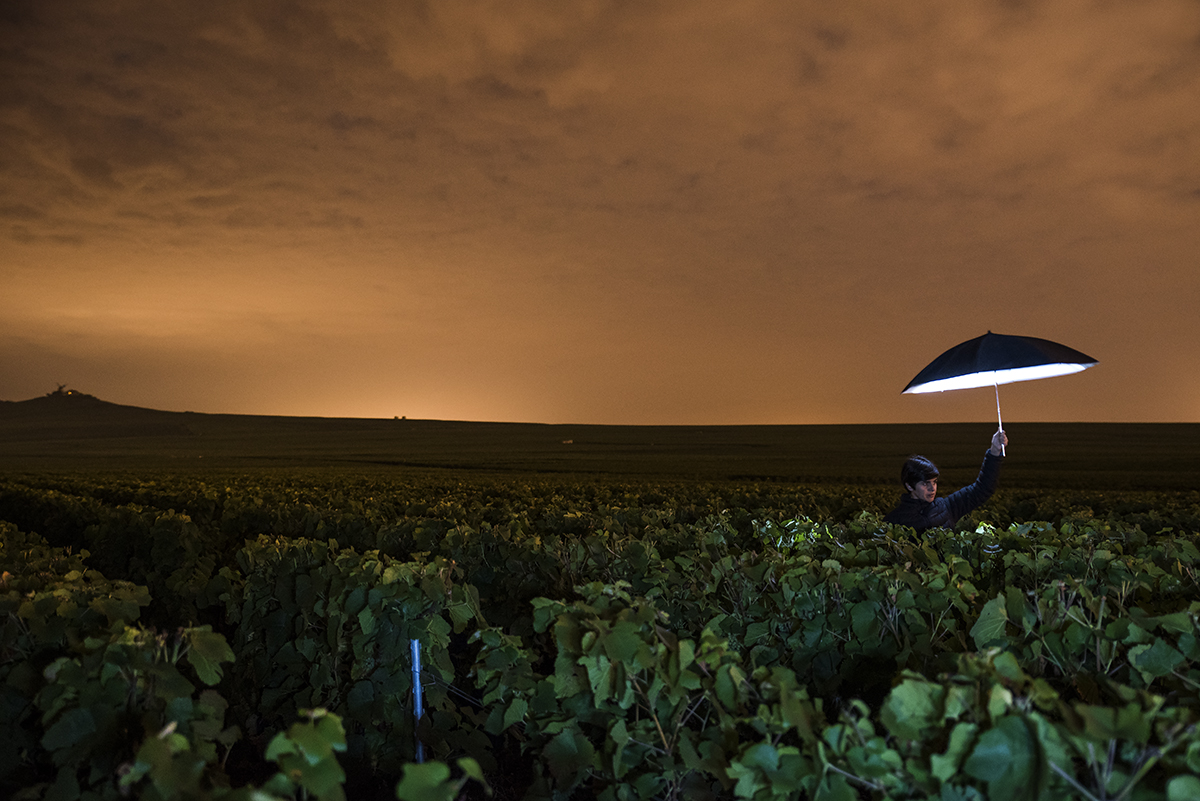







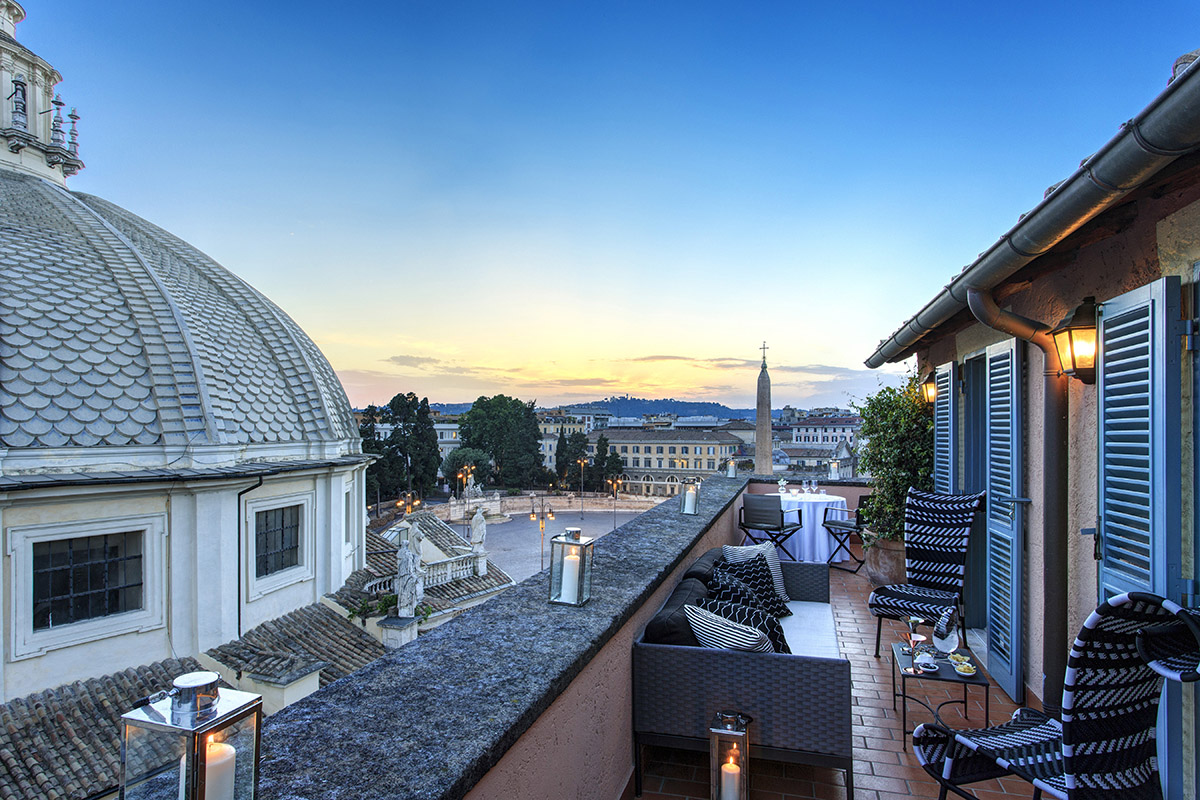

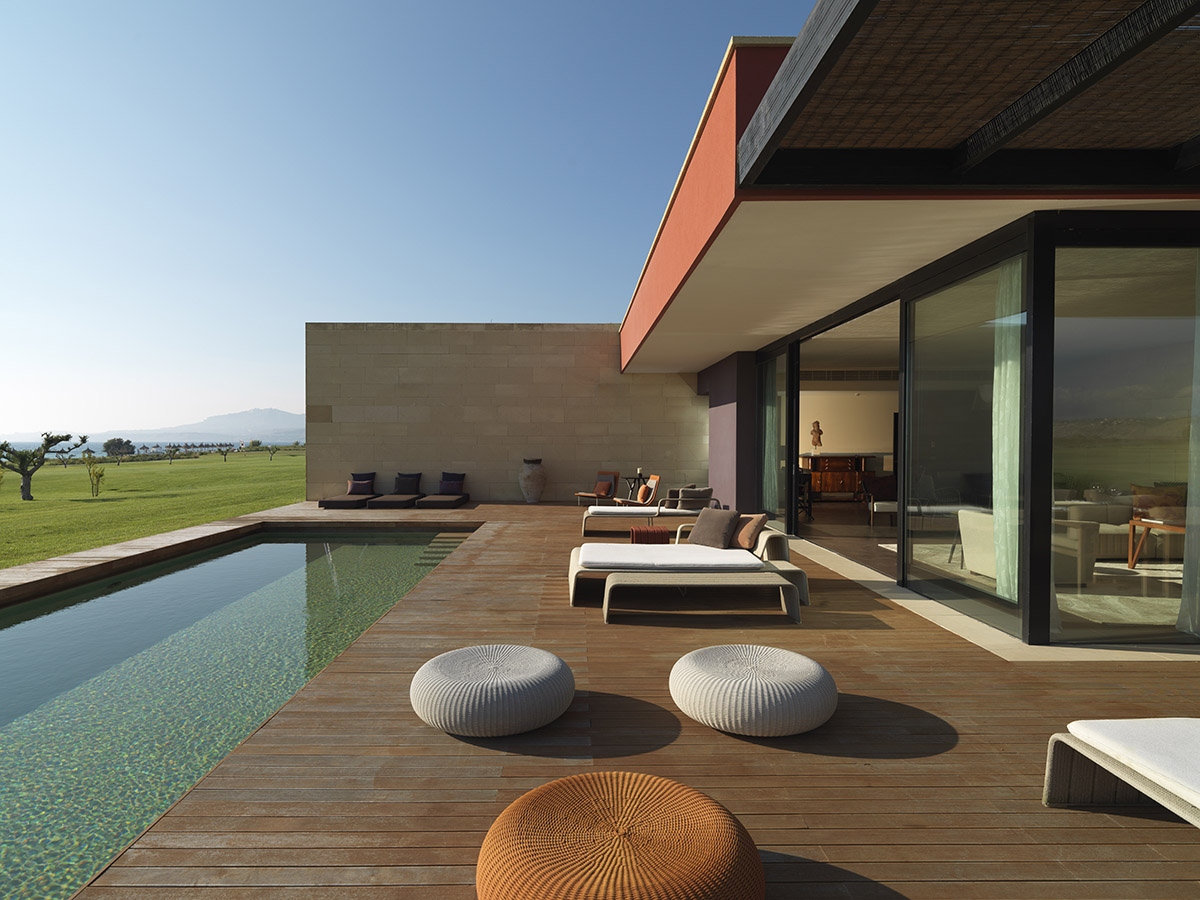









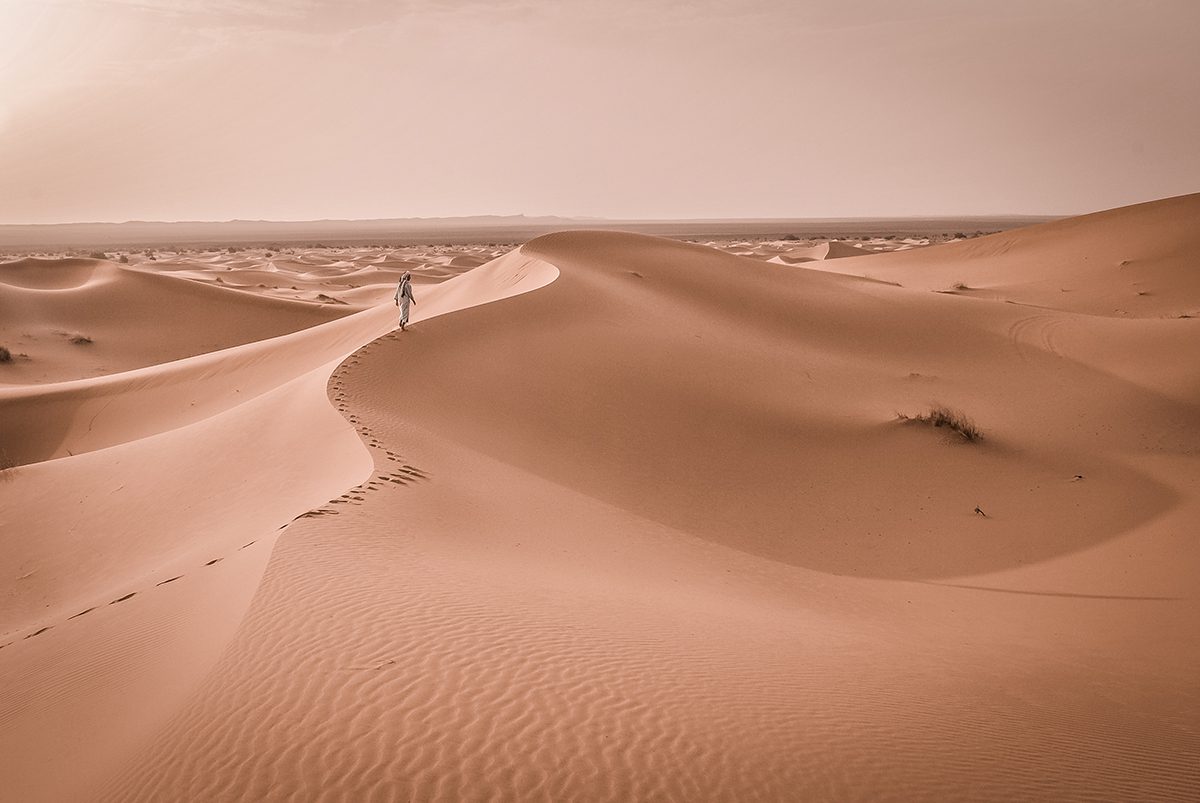
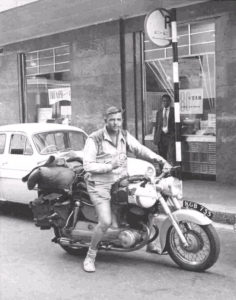








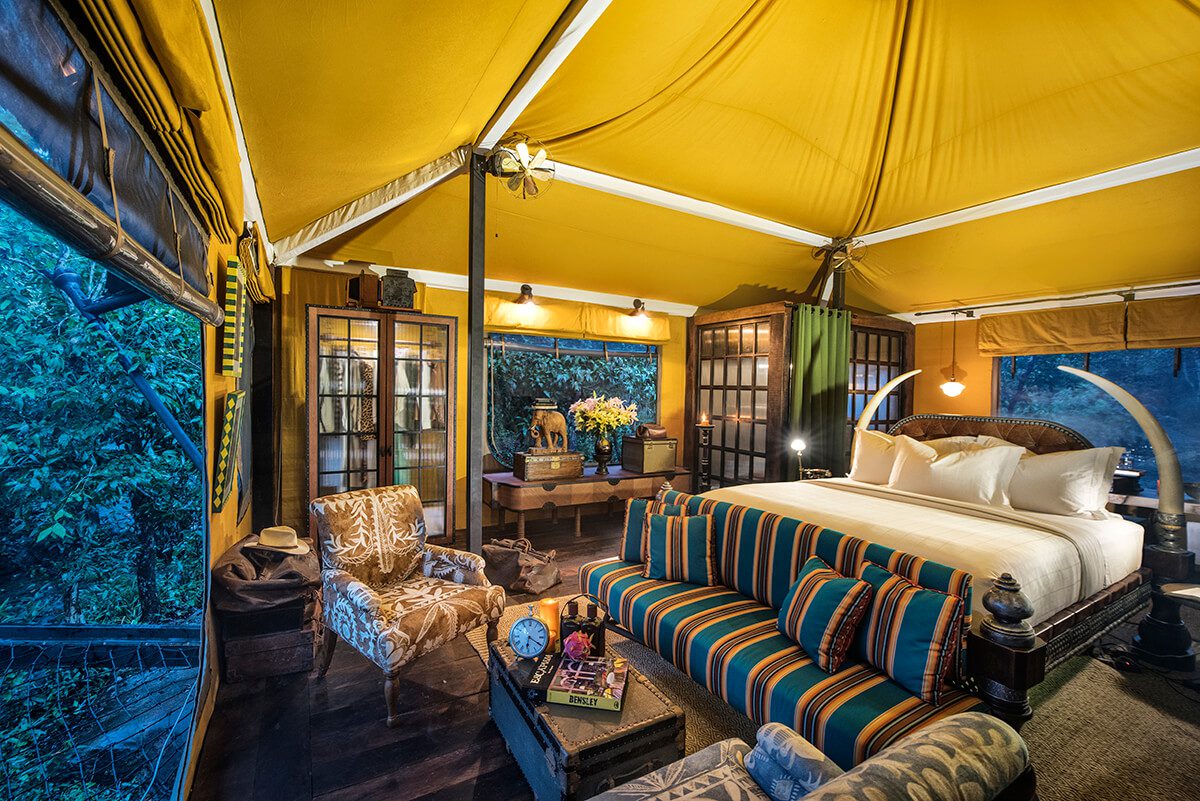






 Priya Paul, one of India’s most prominent entrepreneurs, is chairperson of the design conscious, luxury five-star boutique hotel group ‘The Park Hotels’. She is heir to the Apeejay Surrendra Group, owners of Typhoo Tea, and her determination, spirit for hospitality and flair for design awarded her India’s fourth highest civilian honour, the Padma Shri in 2012 (for her services to Trade & Industry by the President of India). The President of the French Republic granted her Insignia of Chevalier de l’Ordre National du Mérite (National Order of Merit) an Order of State. Kitty Harris talks to Priya about the Indian luxury market, leadership and innovating whilst staying true to heritage.
Priya Paul, one of India’s most prominent entrepreneurs, is chairperson of the design conscious, luxury five-star boutique hotel group ‘The Park Hotels’. She is heir to the Apeejay Surrendra Group, owners of Typhoo Tea, and her determination, spirit for hospitality and flair for design awarded her India’s fourth highest civilian honour, the Padma Shri in 2012 (for her services to Trade & Industry by the President of India). The President of the French Republic granted her Insignia of Chevalier de l’Ordre National du Mérite (National Order of Merit) an Order of State. Kitty Harris talks to Priya about the Indian luxury market, leadership and innovating whilst staying true to heritage.